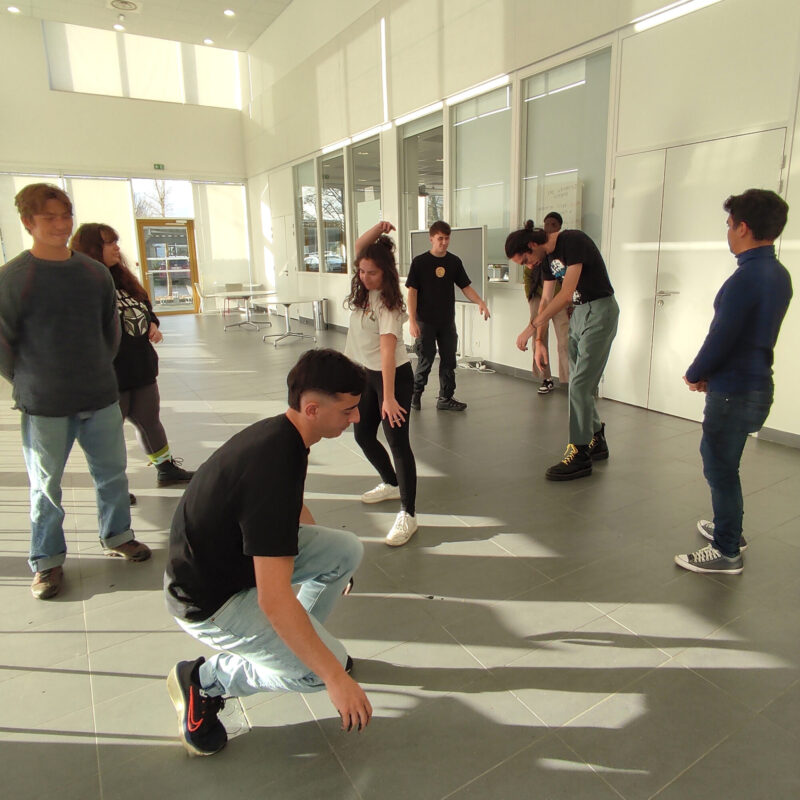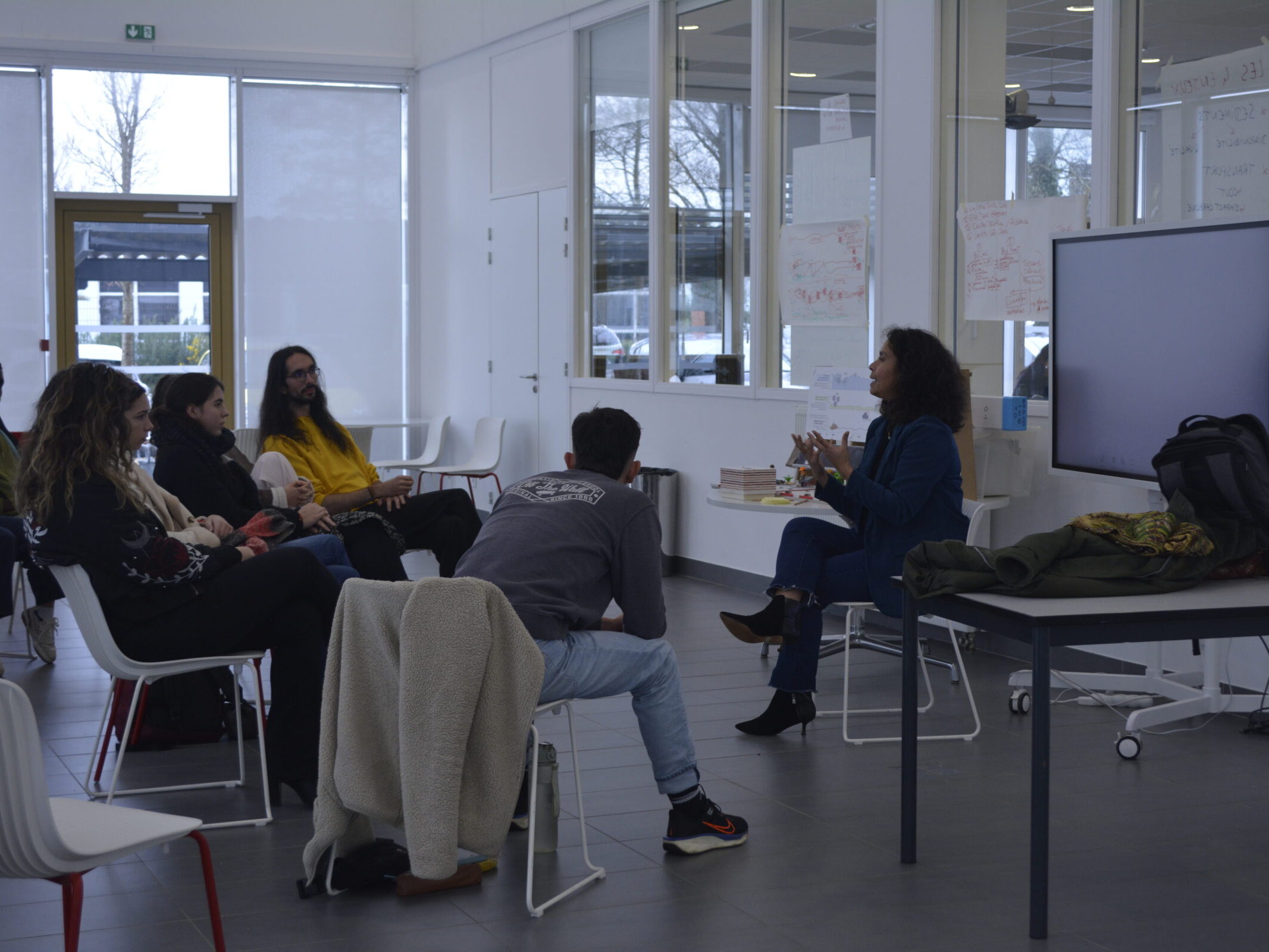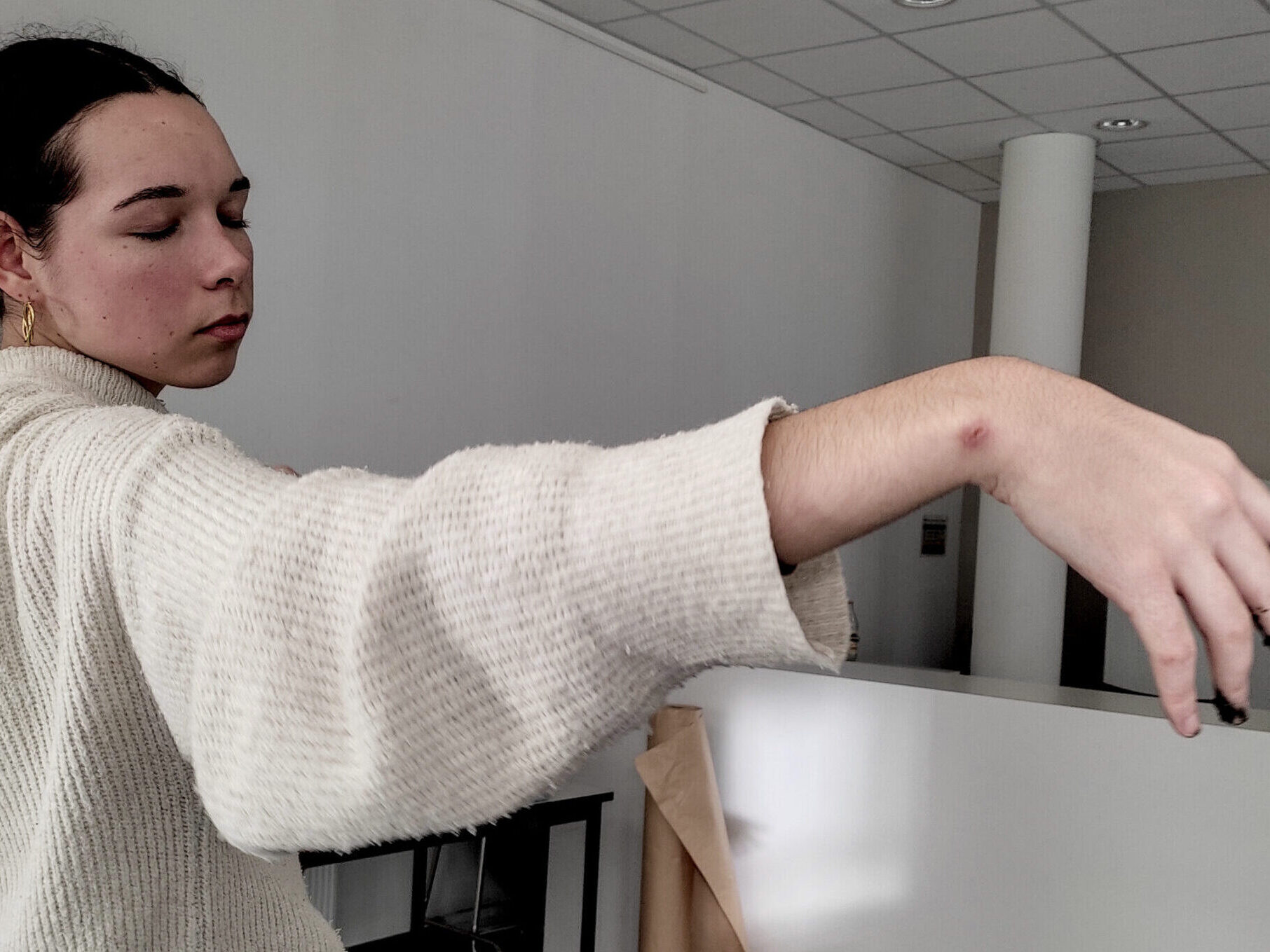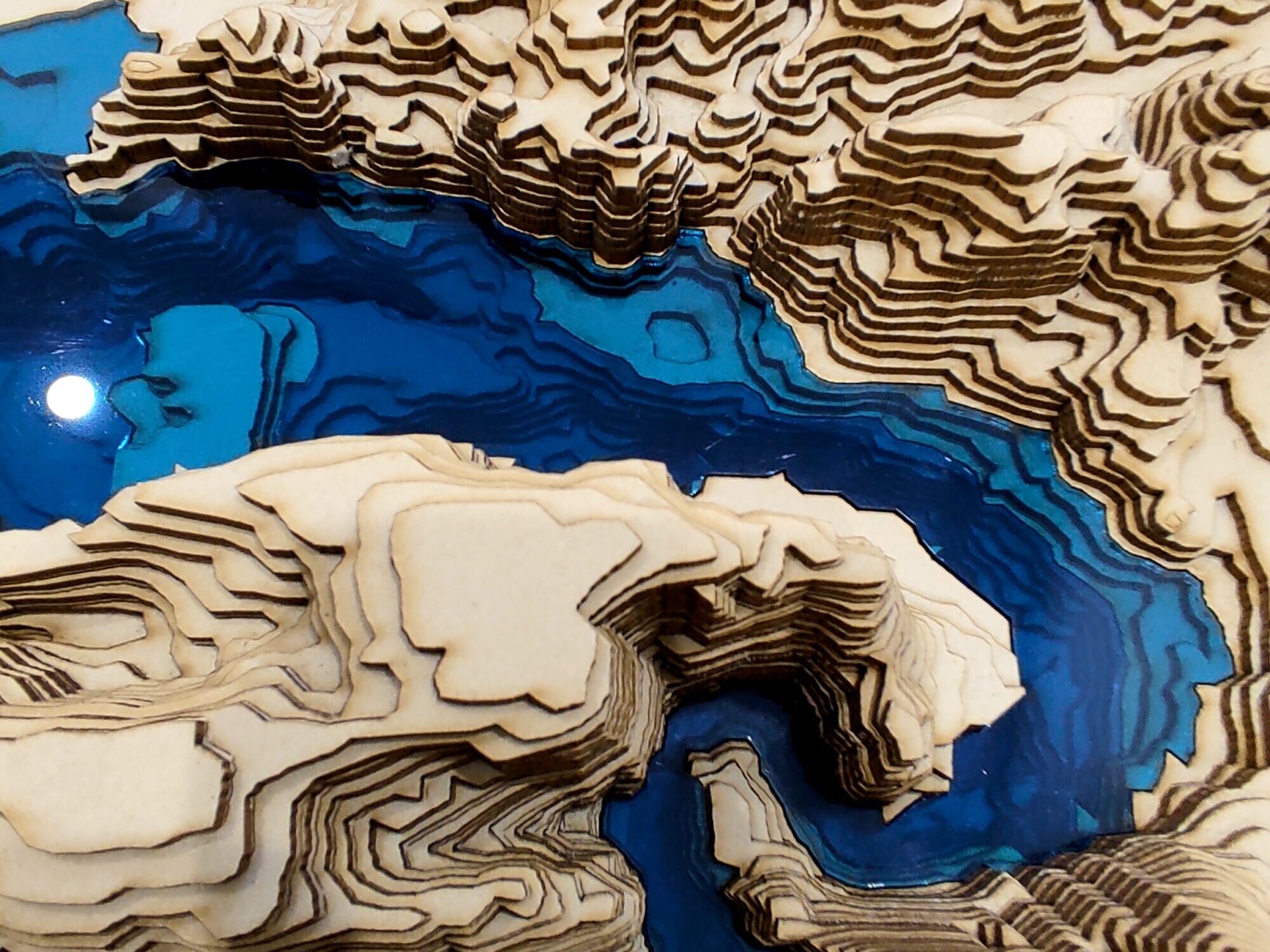CORsé PIM: Experiencing an Arts and Science Project around Sedimentology

From 6 to 10 January 2025, the CORSÉ PIM – “Experiencing an Arts and Science Project around Sedimentology” took place in a setting that combined both scientific and artistic approaches, bringing together 12 ISblue students. This transdisciplinary workshop, led by Aurélie Penaud (Geo-Ocean/UBO) and Isabelle Elizeon (HCTI/TranSborder), blended the topic of sediments with artistic practices, exploring the dialogue between creation and research.
Objective:
To offer participants from various ISblue disciplines (engineering, chemistry, geosciences, management, physics, economics, law, biotechnology, etc.) an introduction to arts and science projects through small-group work on research issues related to sediments.



The workshop began with an introductory lecture by researcher Aurélie Penaud, providing the scientific foundations of sedimentology. This was complemented by a session led by artist and dancer Caroline Denos, who invited students to experiment with artistic ways of expressing the complex dynamics of sediments.
Further contributions came from scientists Clara Valero (PhD/UBO) and Estelle Leroux (sedimentologist, Ifremer), who presented existing science mediation projects on sediment-related topics. Divided into teams of three, students spent the week developing prototypes of arts-and-science projects, embodying the dual role of researchers and creative collaborators inviting artists to engage with their subjects.
The Maison du Théâtre de Lambézellec, a partner of the project, hosted two key moments: the introductory session and the final presentation. These sessions, held in a cultural venue, allowed students to fully immerse themselves in an artistic environment while benefiting from an inspiring creative space.
The CORSÉ PIM helped students gain a deeper understanding of the methodology behind arts-and-science projects—an entirely new approach for some thus breaking down the barriers that often separate artistic and scientific disciplines. It also helped them build confidence in their creative abilities and develop curiosity, imagination, teamwork, and adaptability.
Highlights of the PIM:
The artwork “Bodies and Sediments” that they created:
Students’ interview:
 Attention, vous utilisez un navigateur peu sûr !
Attention, vous utilisez un navigateur peu sûr !